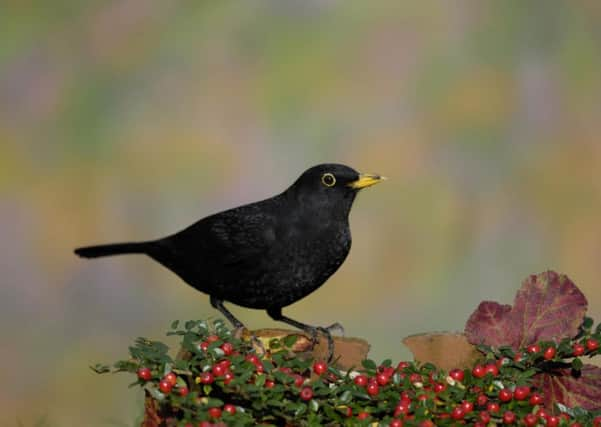Schools urged to take partin RSPB’S Big Birdwatch


The RSPB is urging local schools to help them assess the state of our local birdlife by taking part in the Big Bird Watch.
Children will be encouraged count the birds in their school grounds as part of the RSPB initiative, which has been helping to track bird populations in schools for over a decade now.
Advertisement
Hide AdAdvertisement
Hide AdRunning from 20 January – 14 February 2014, the survey encourages schoolchildren of all ages, and their teachers, to discover which birds they share their school grounds with and learn about their behaviour.
The results help the RSPB build a picture of birds visiting school grounds and any population changes.
Almost 2,500 classes, involving 75,000 children and teachers, took part in the survey across the country last year.
Participants discovered that for the fifth year running, the blackbird is the most commonly seen bird in school grounds with 89% of schools seeing an average of six.
Advertisement
Hide AdAdvertisement
Hide AdThe starling took the second spot, with more than 40% of schools seeing an average of 4.2.
And the black headed gull came third, knocking the woodpigeon off that spot from last year.
Faye Strange, Big Schools’ Birdwatch project manager said: “For two weeks this winter it will be perfectly acceptable for schoolchildren to gaze out of the classroom window! They will be eagerly awaiting a wild visitor that they can add to their list of sightings for the RSPB’s Big Schools’ Birdwatch.
“Seeing it first hand is the single best way to enthuse young people about nature and by watching birds from their classroom window they can learn so much.
Advertisement
Hide AdAdvertisement
Hide Ad“What is the slightly menacing looking, large black bird that keeps foraging under the bushes? Why do house sparrows always seem to stick together and appear in large groups? And why is the robin seemingly so much more confident and bolshie than the other, much bigger birds?
“These are all questions that children will ask and learning about birds’ behaviour gets them really excited.”